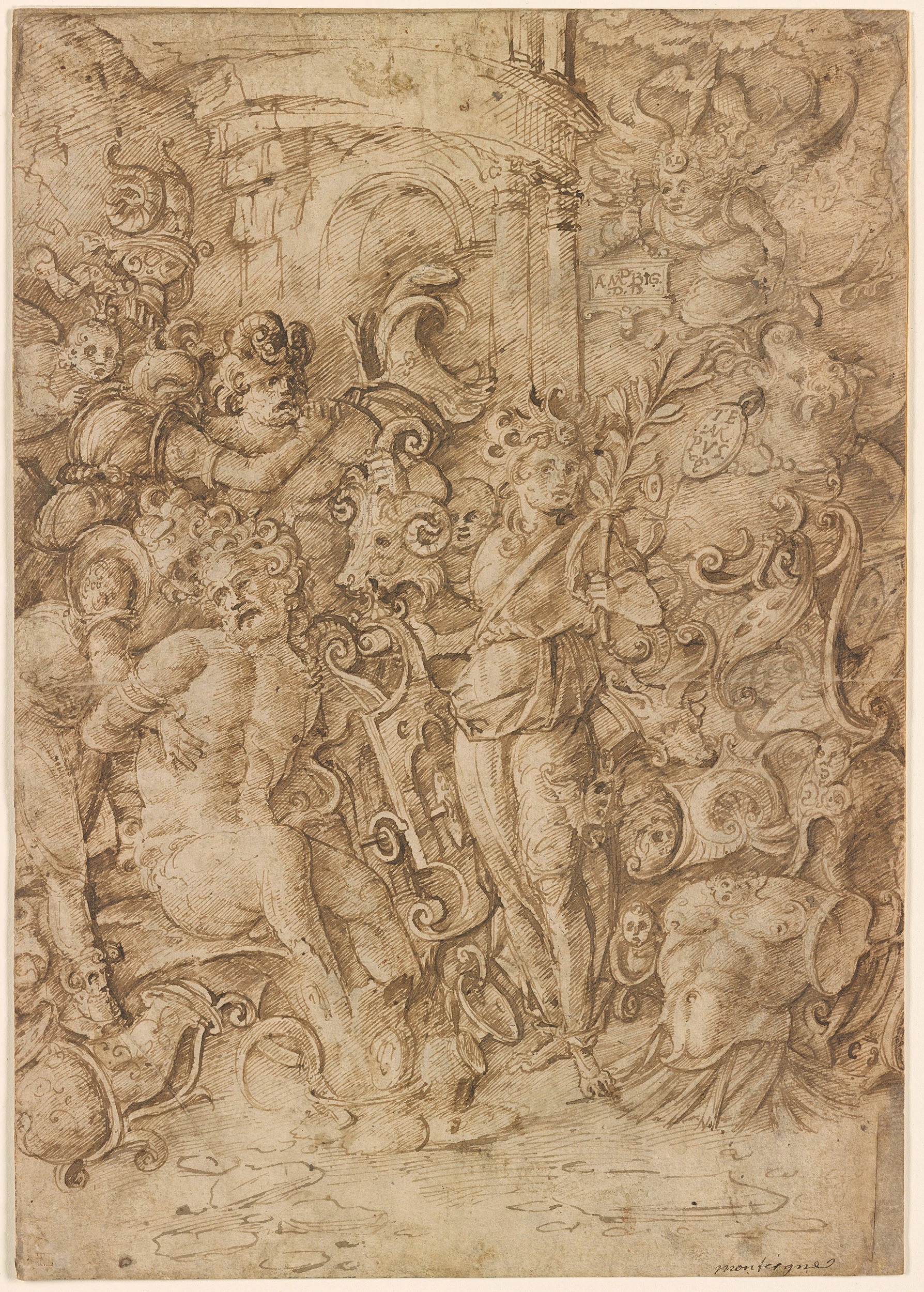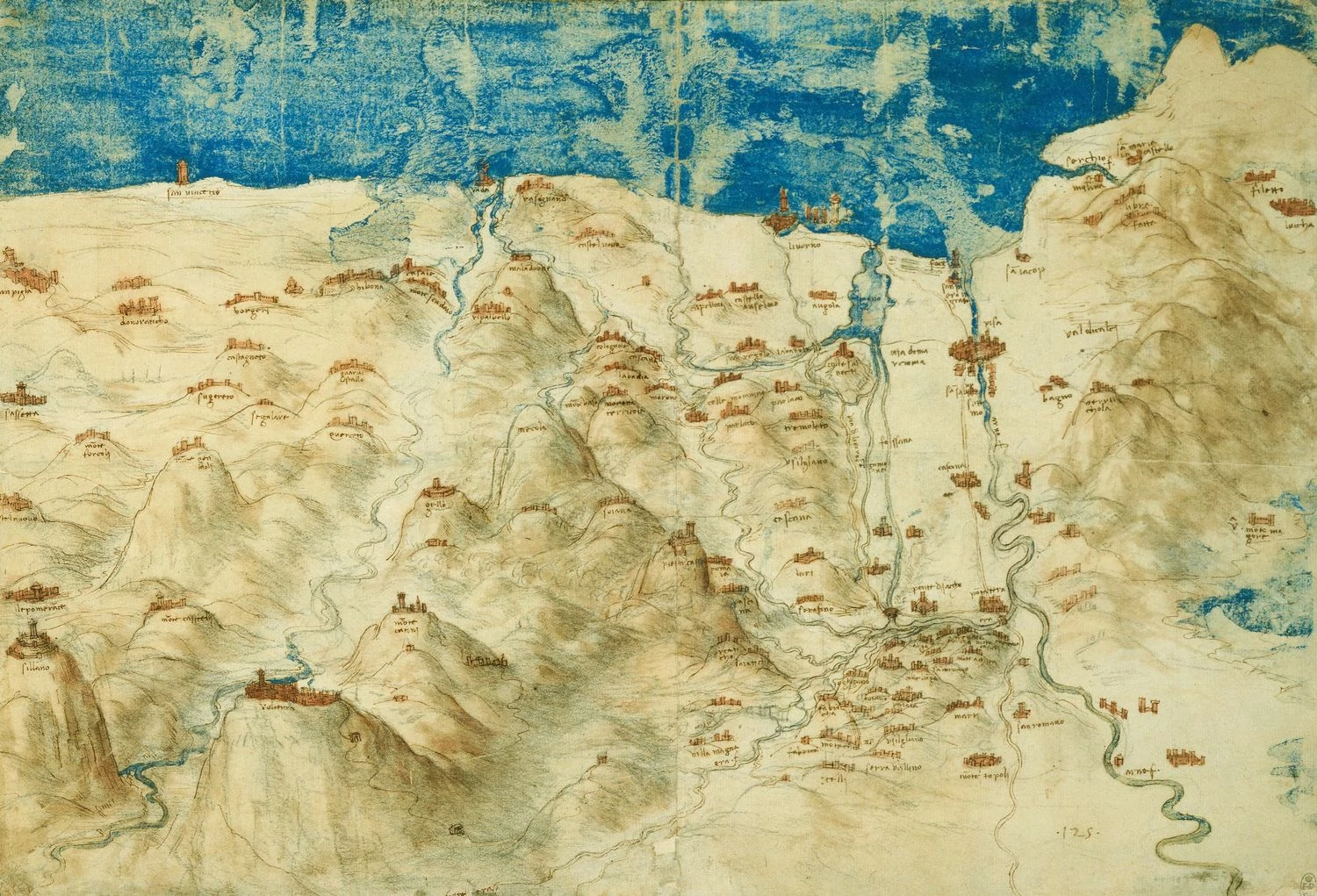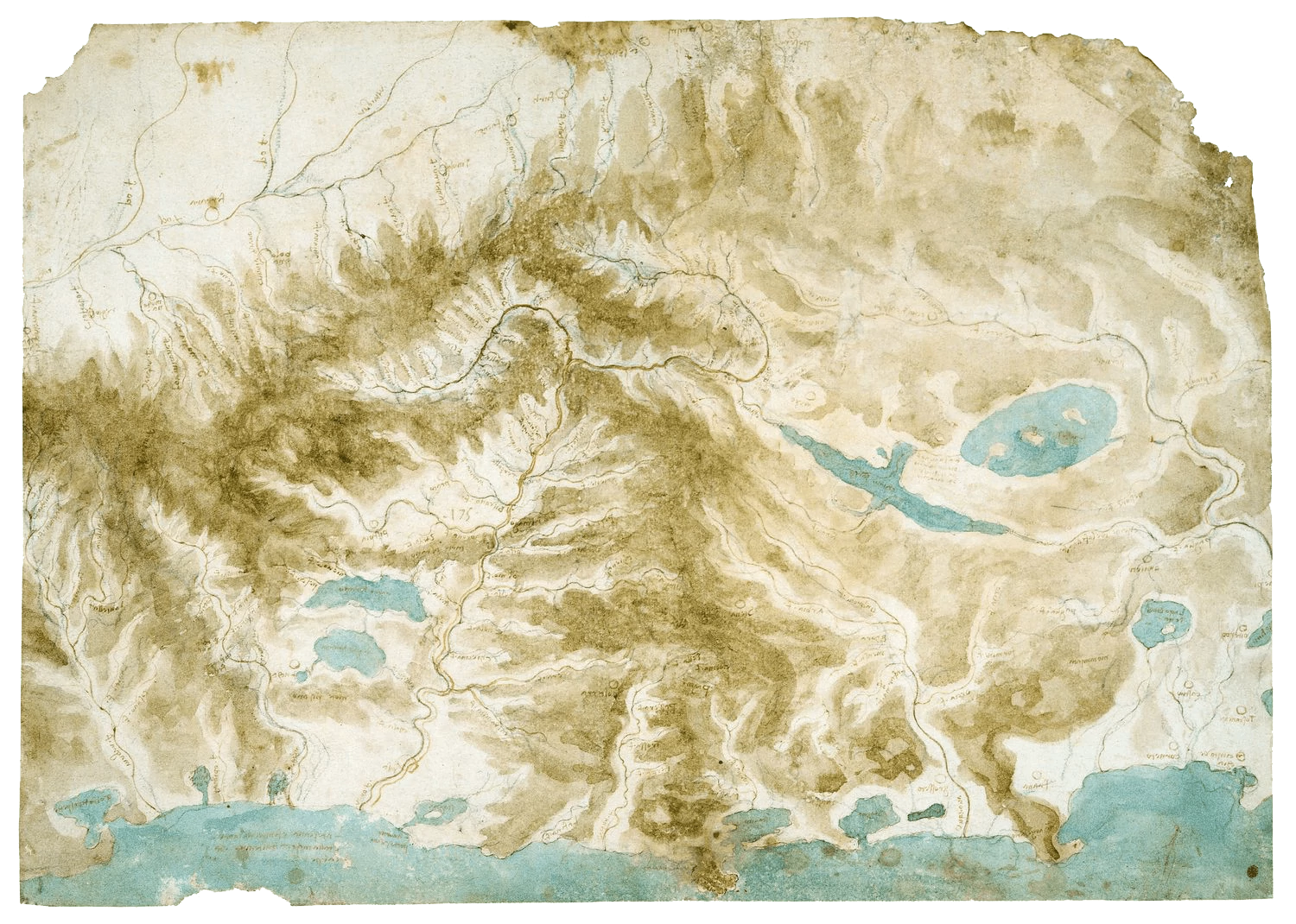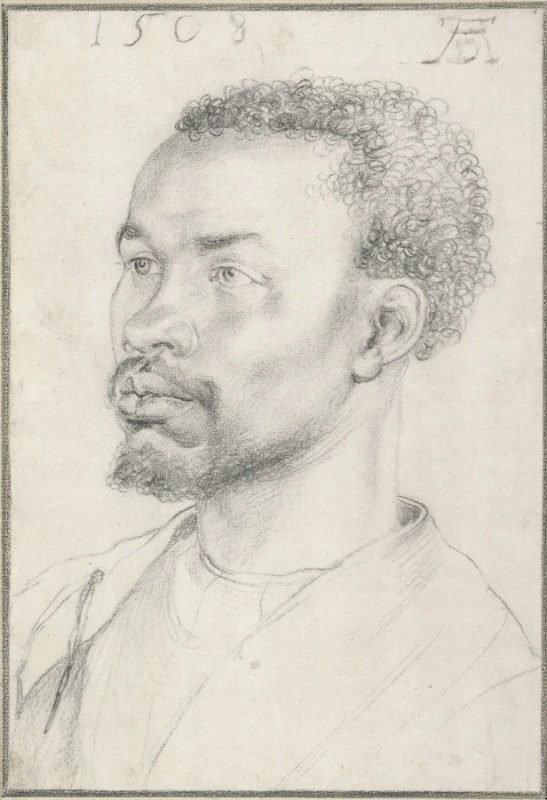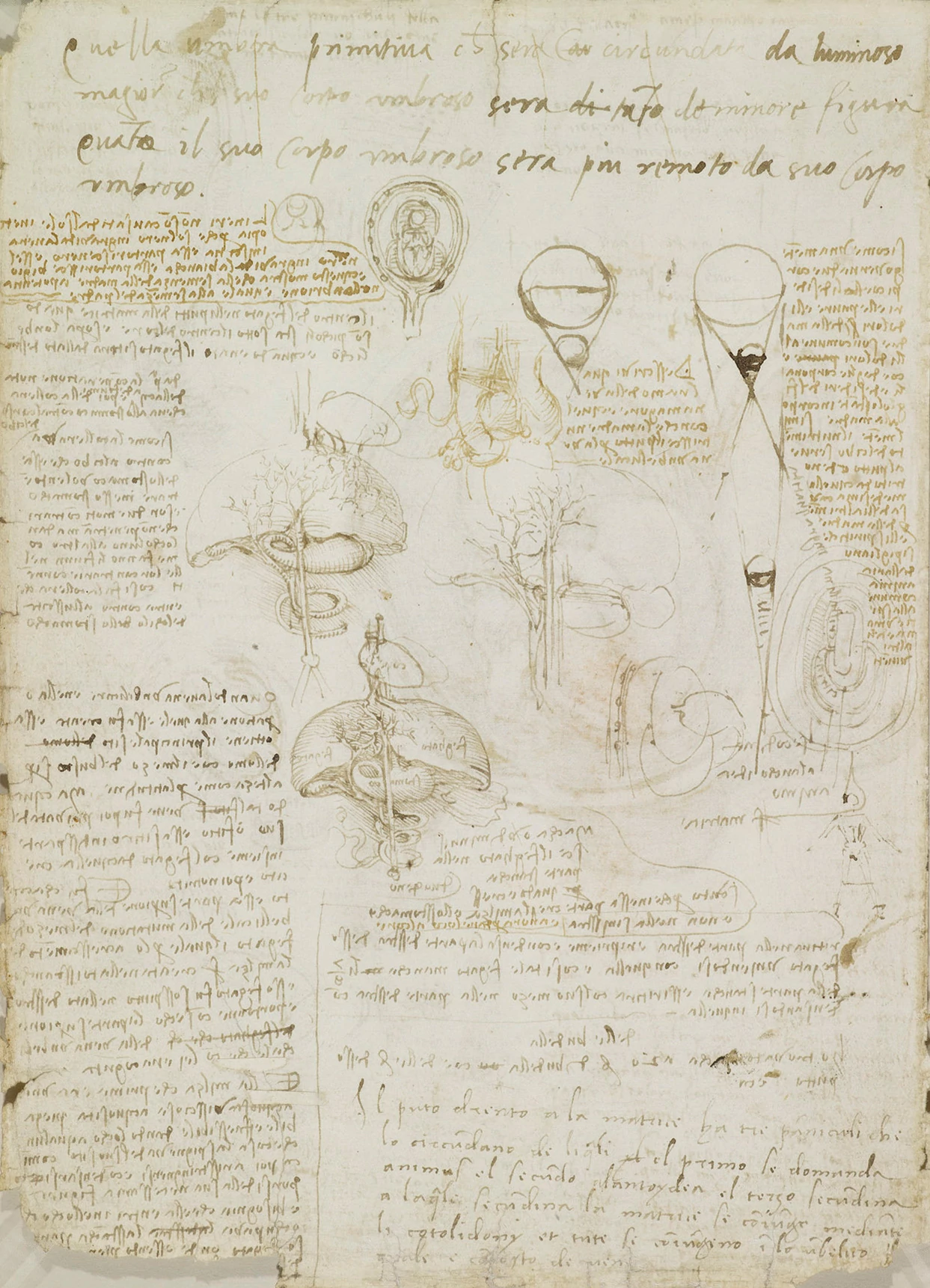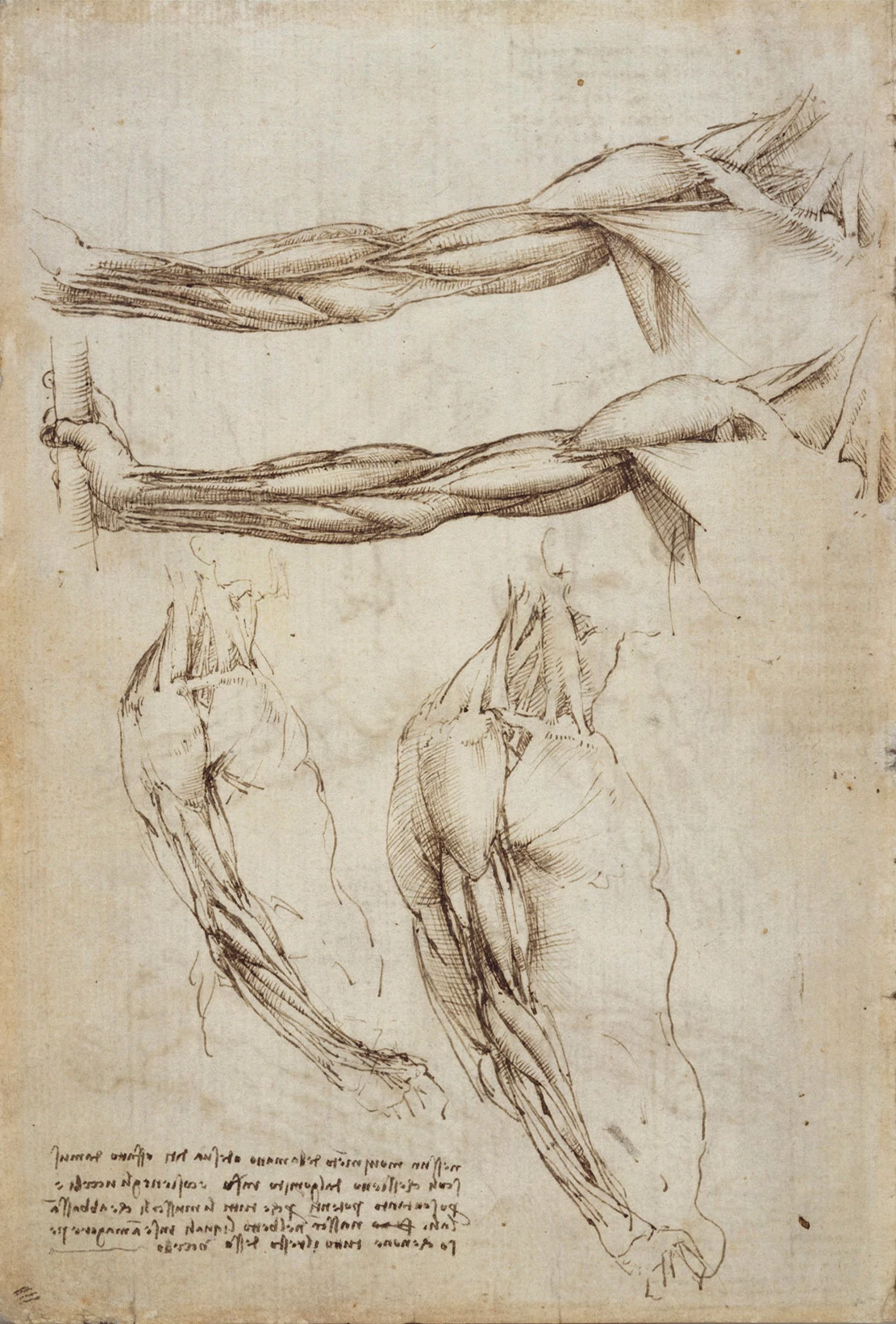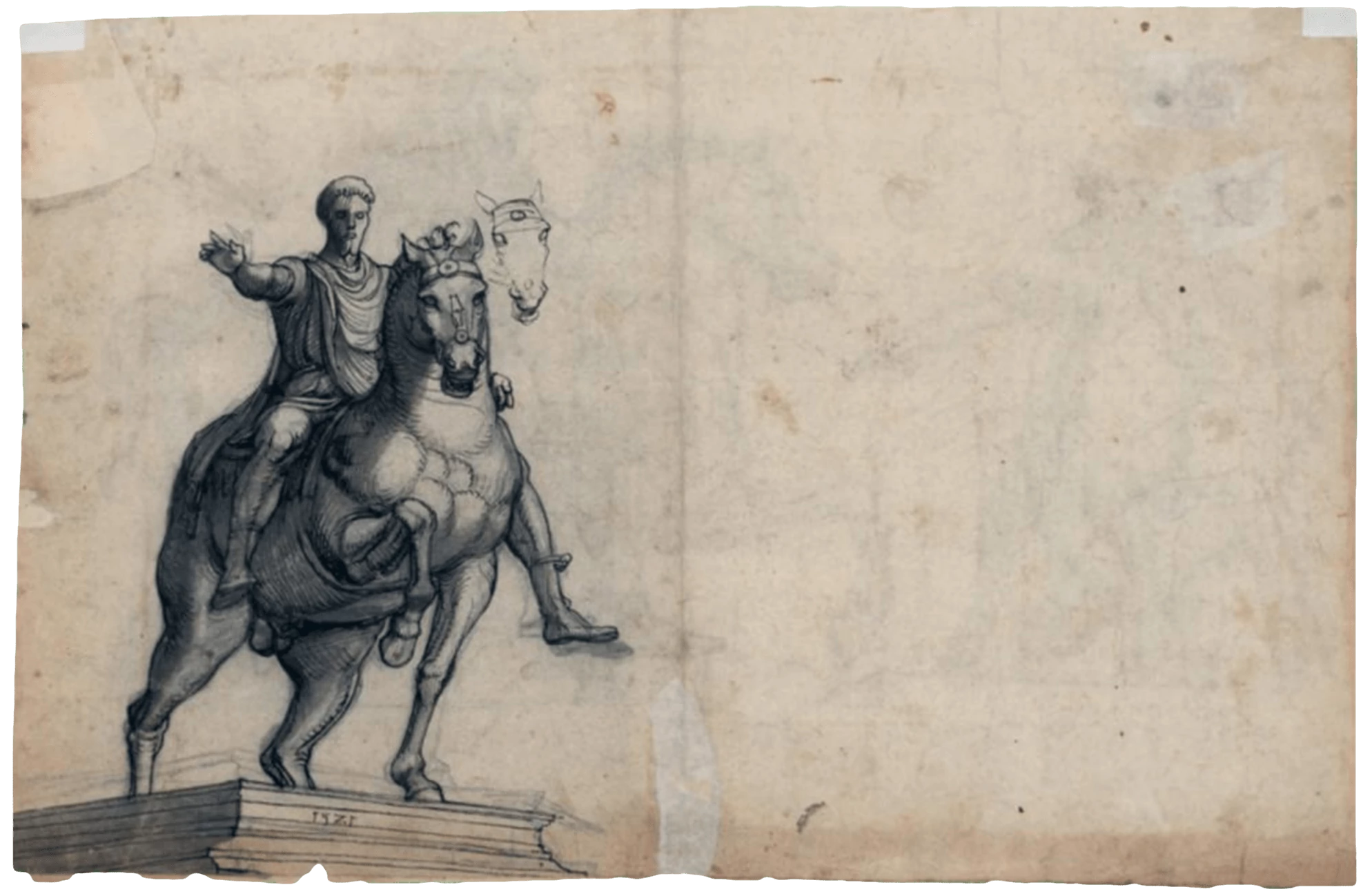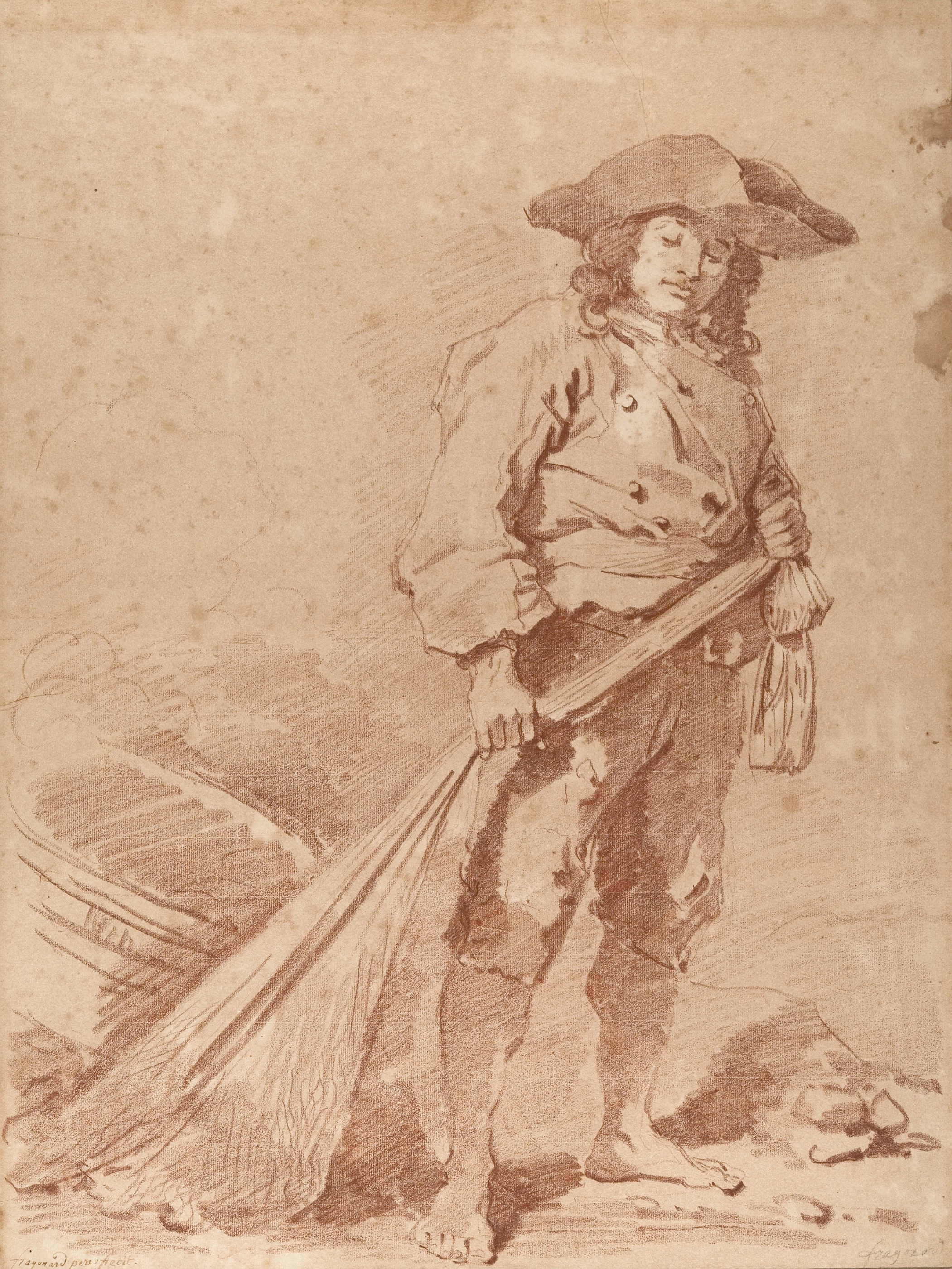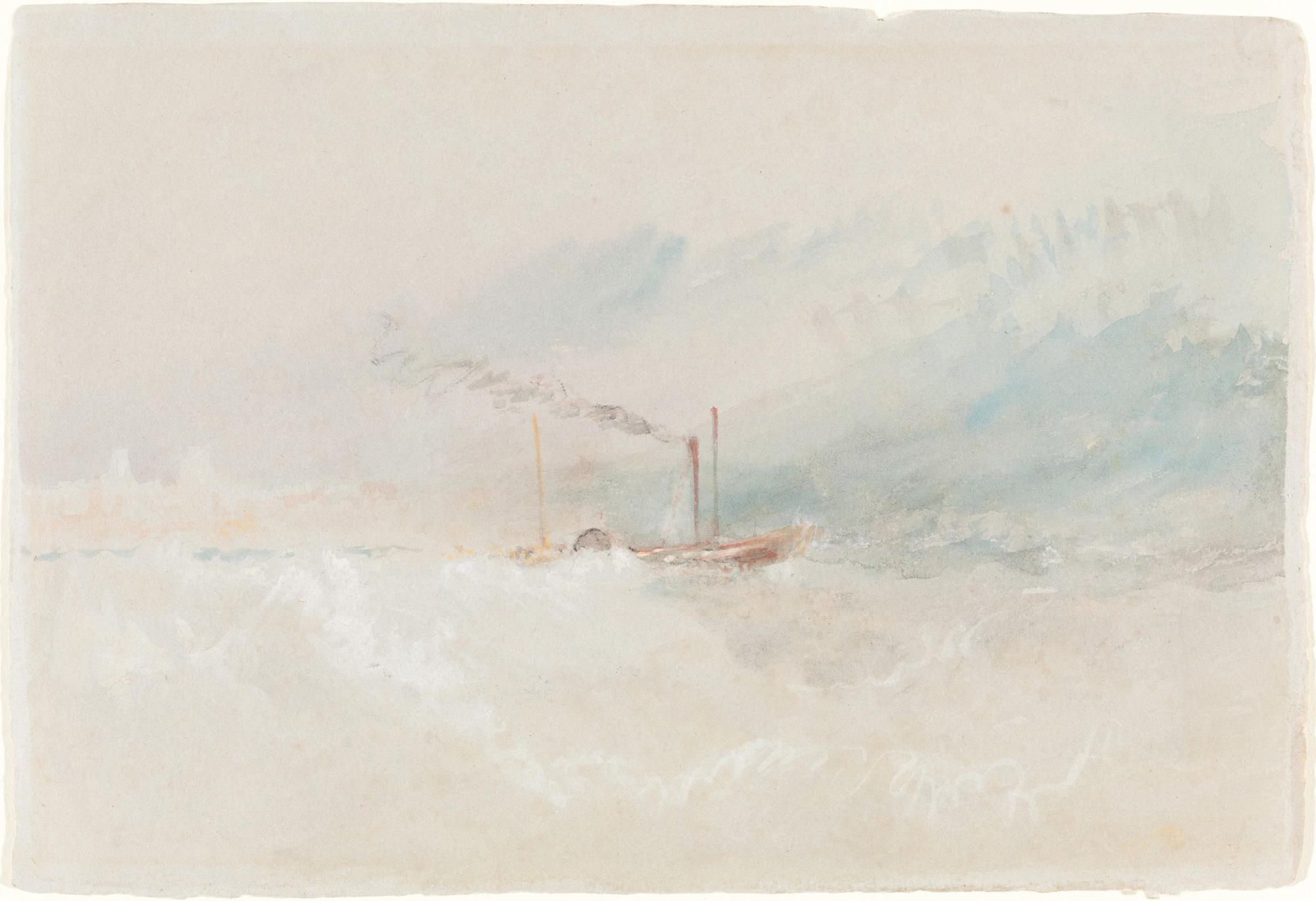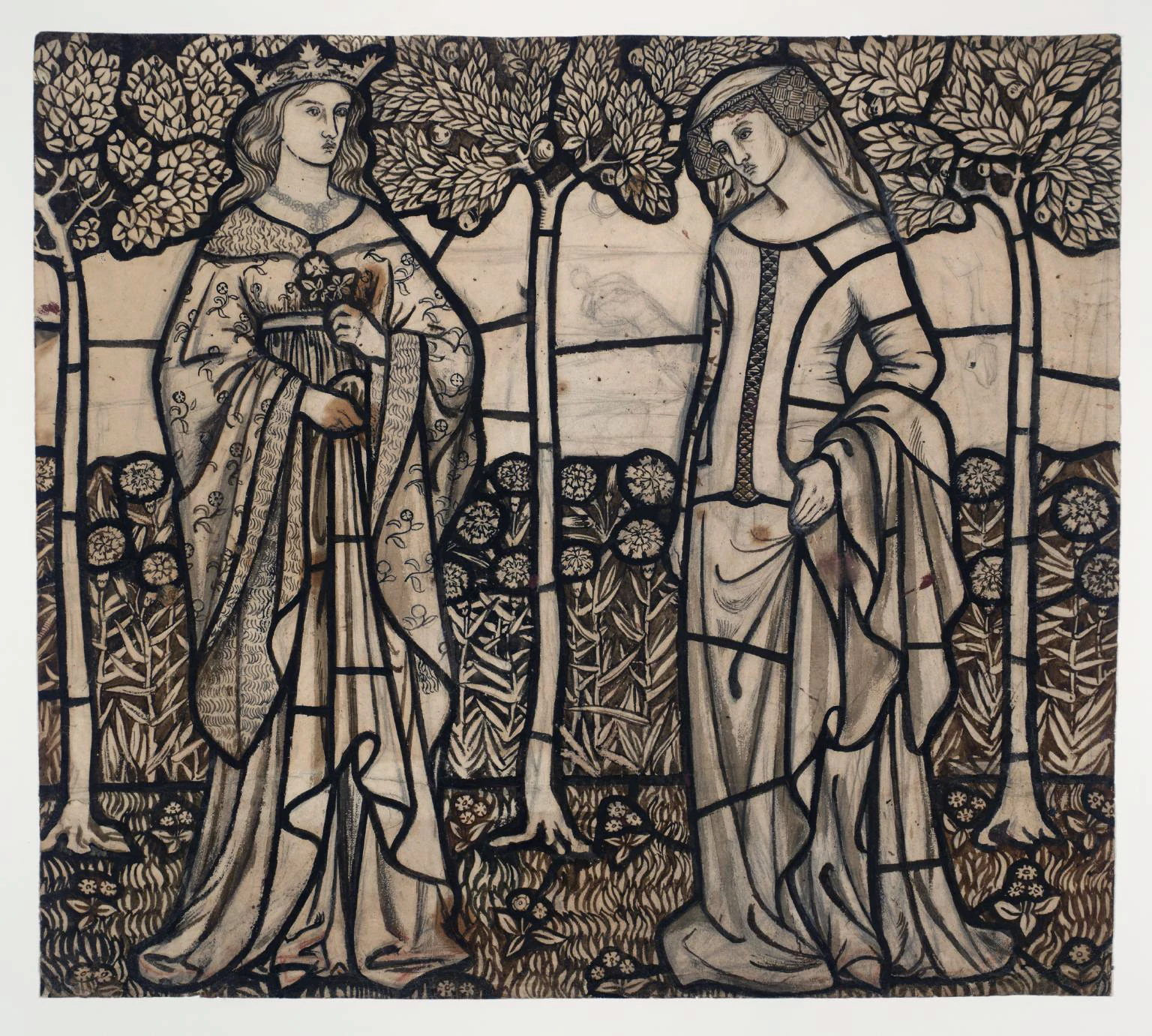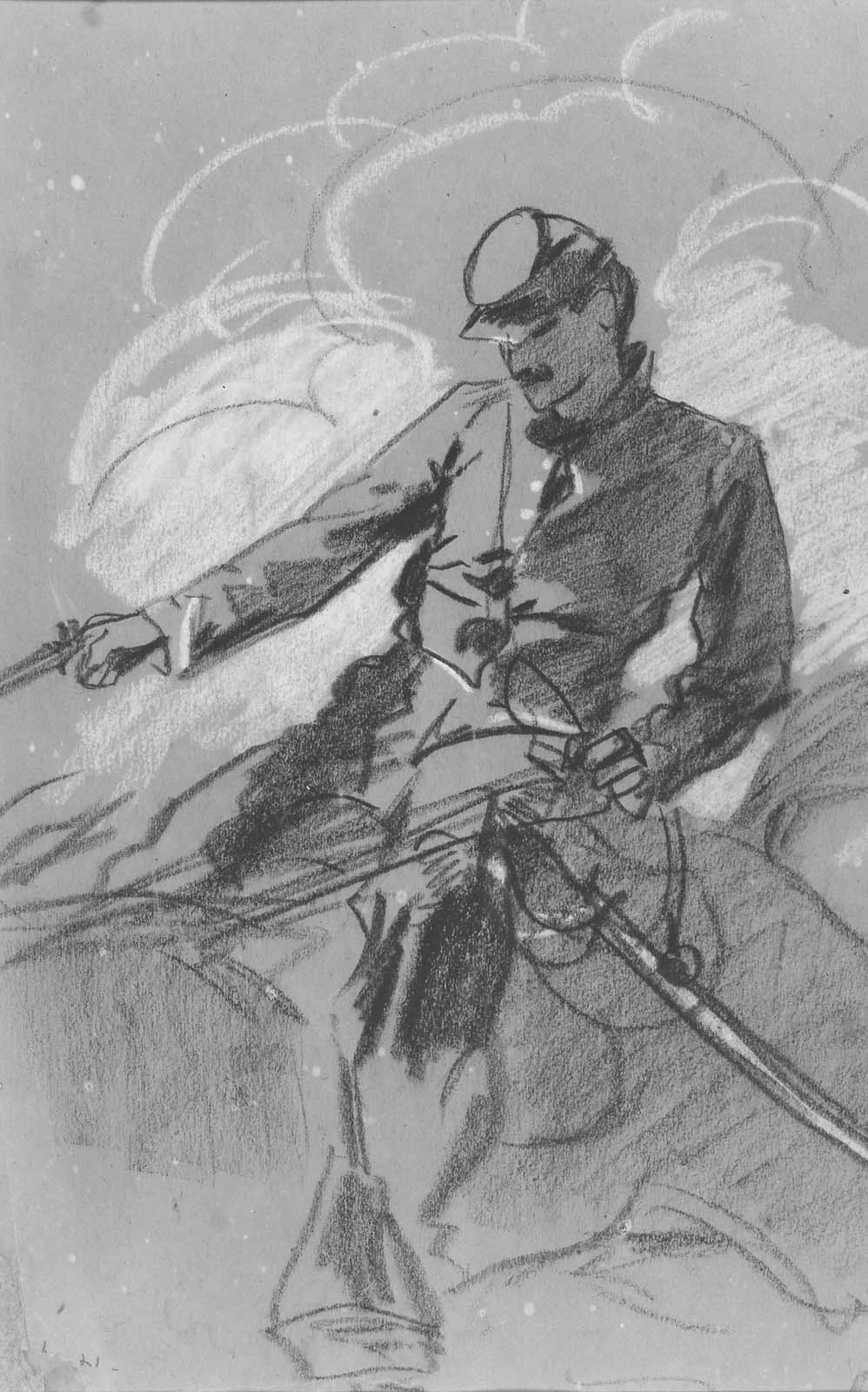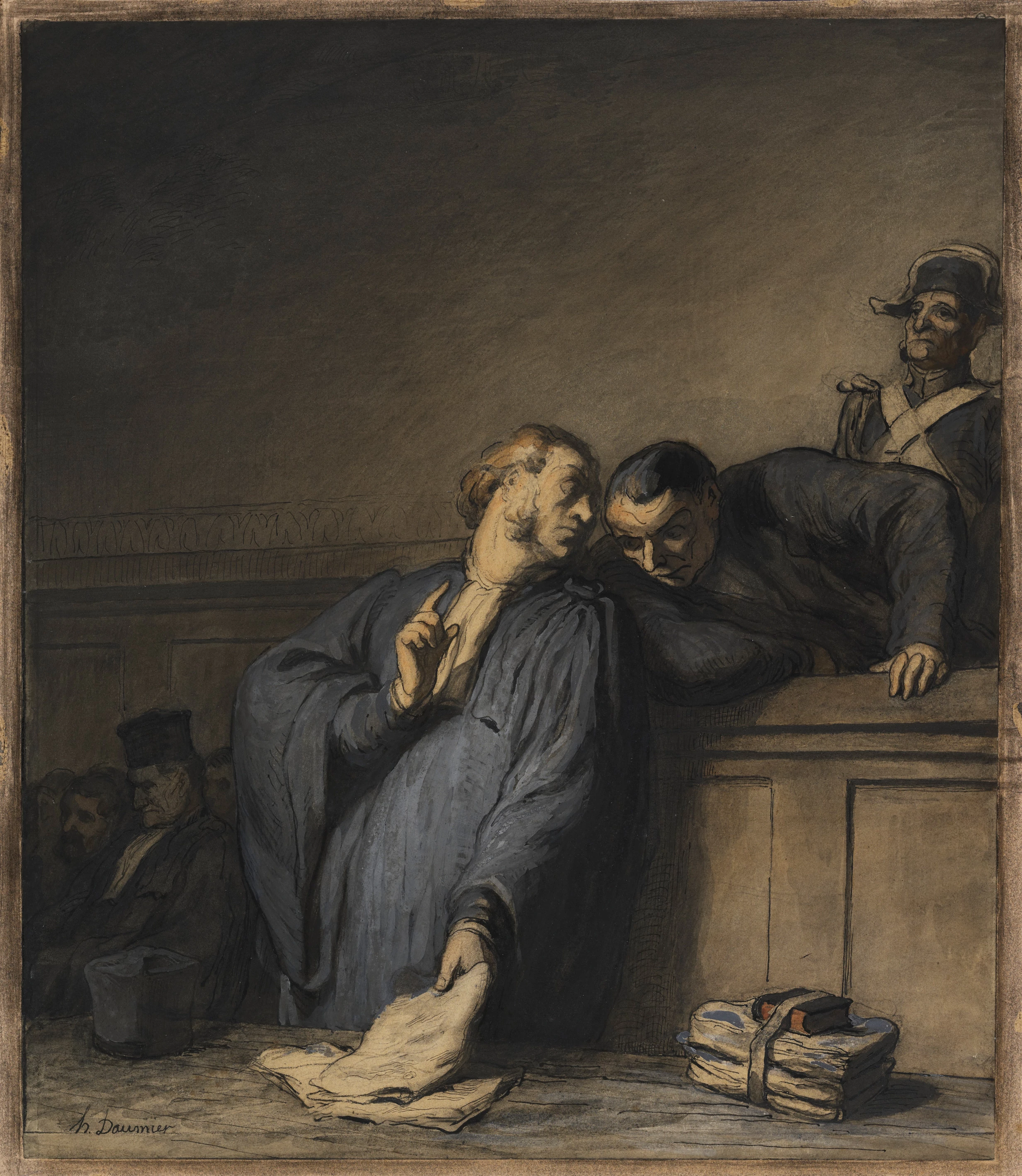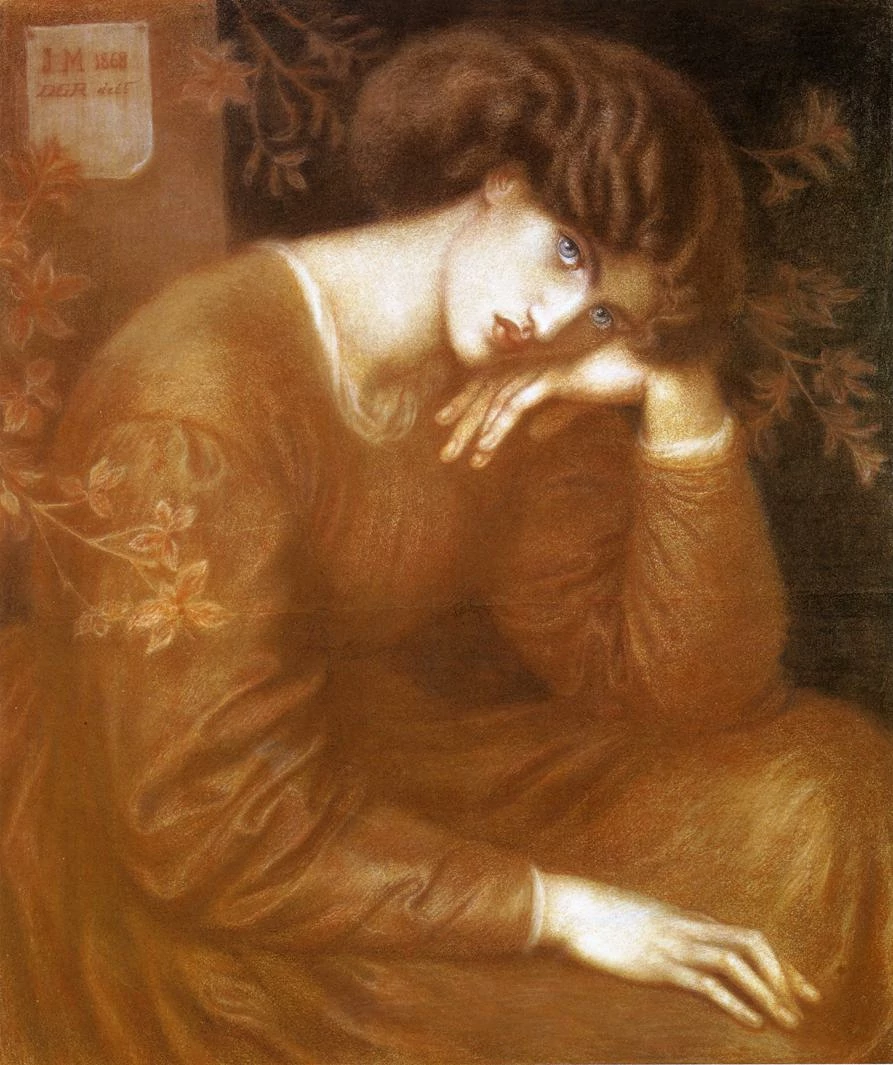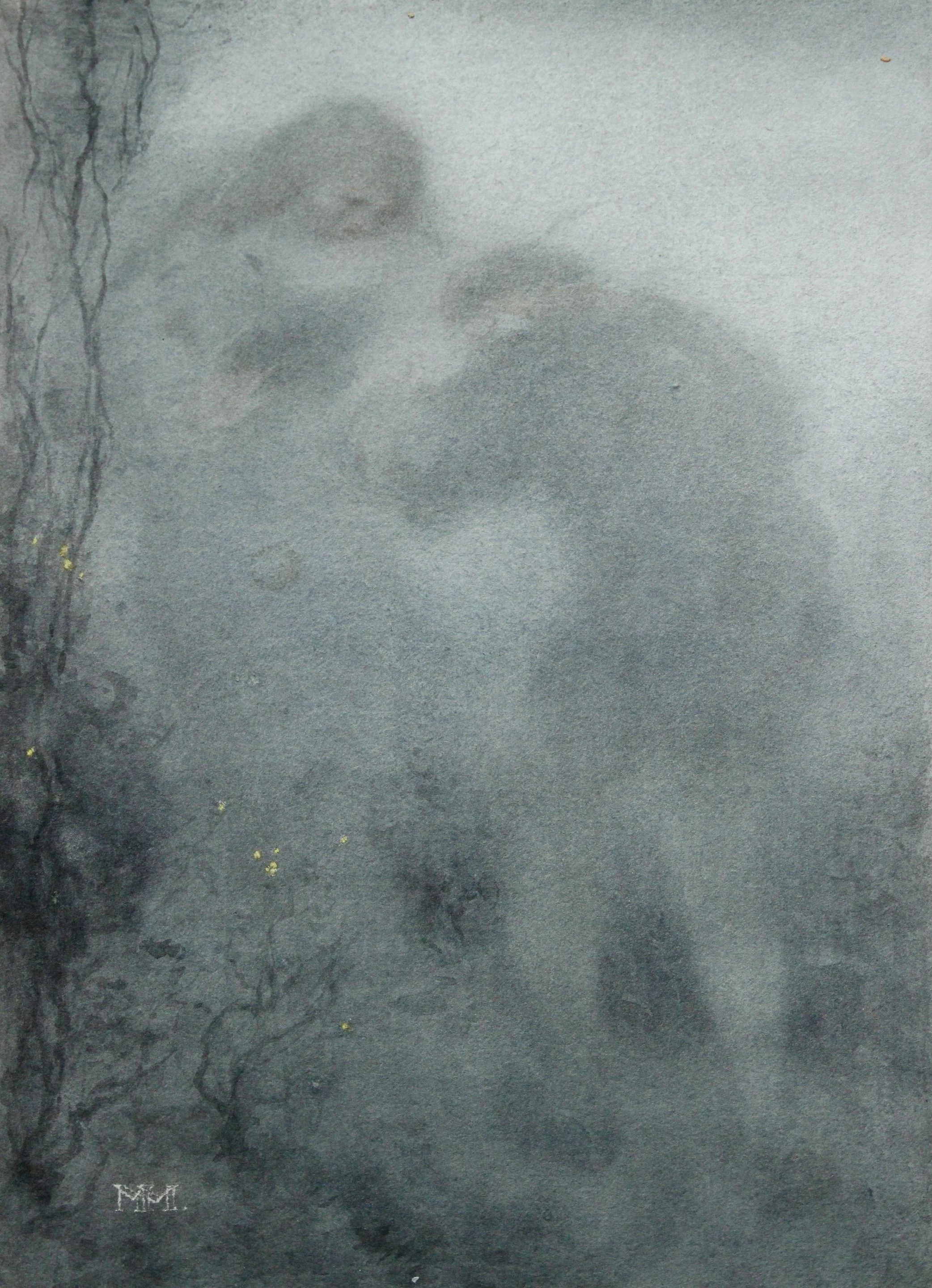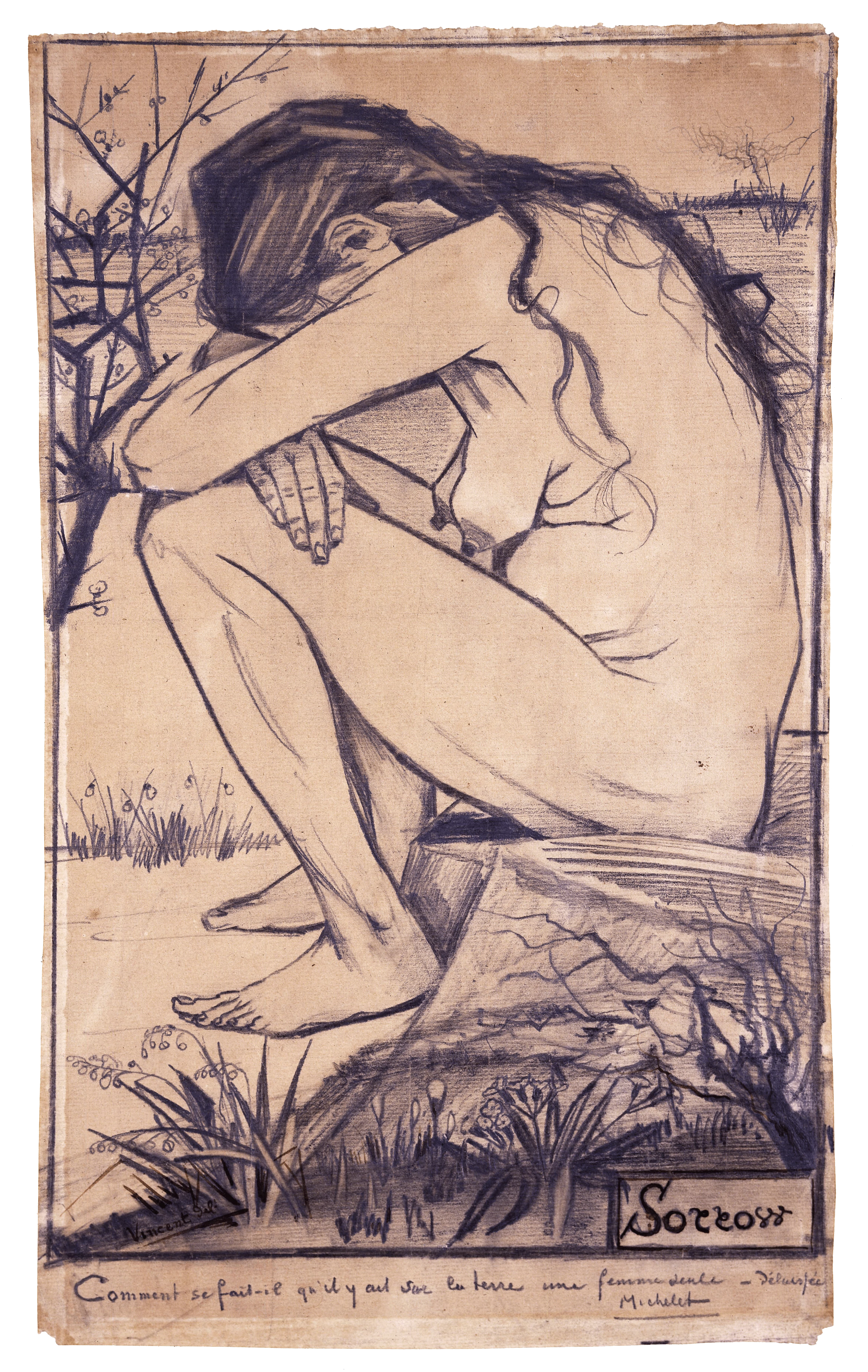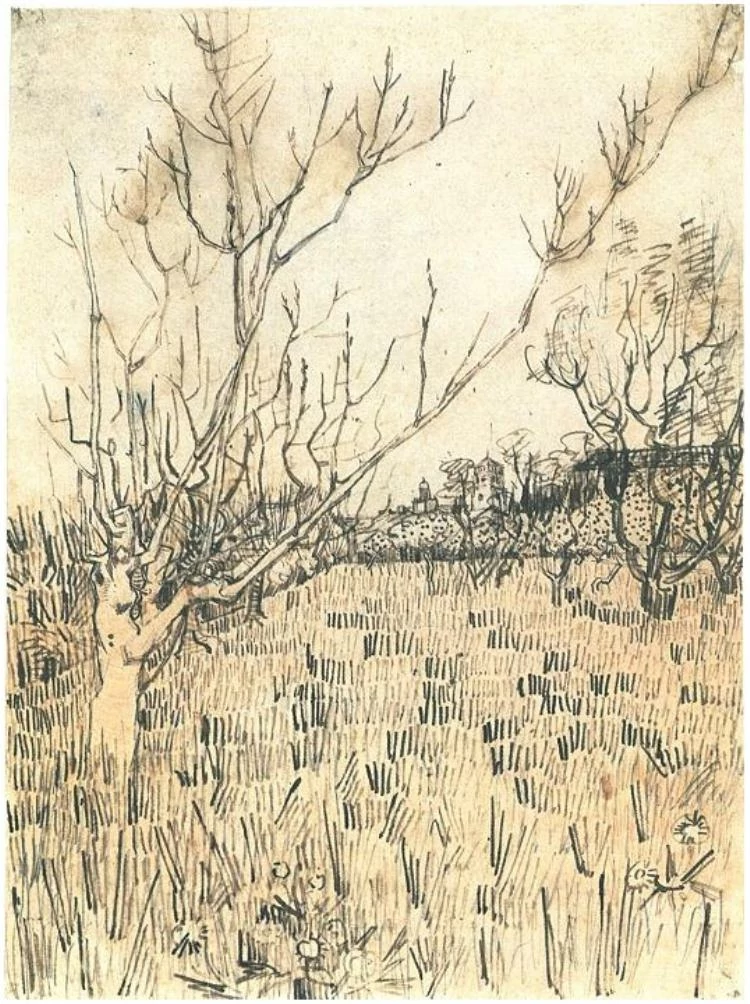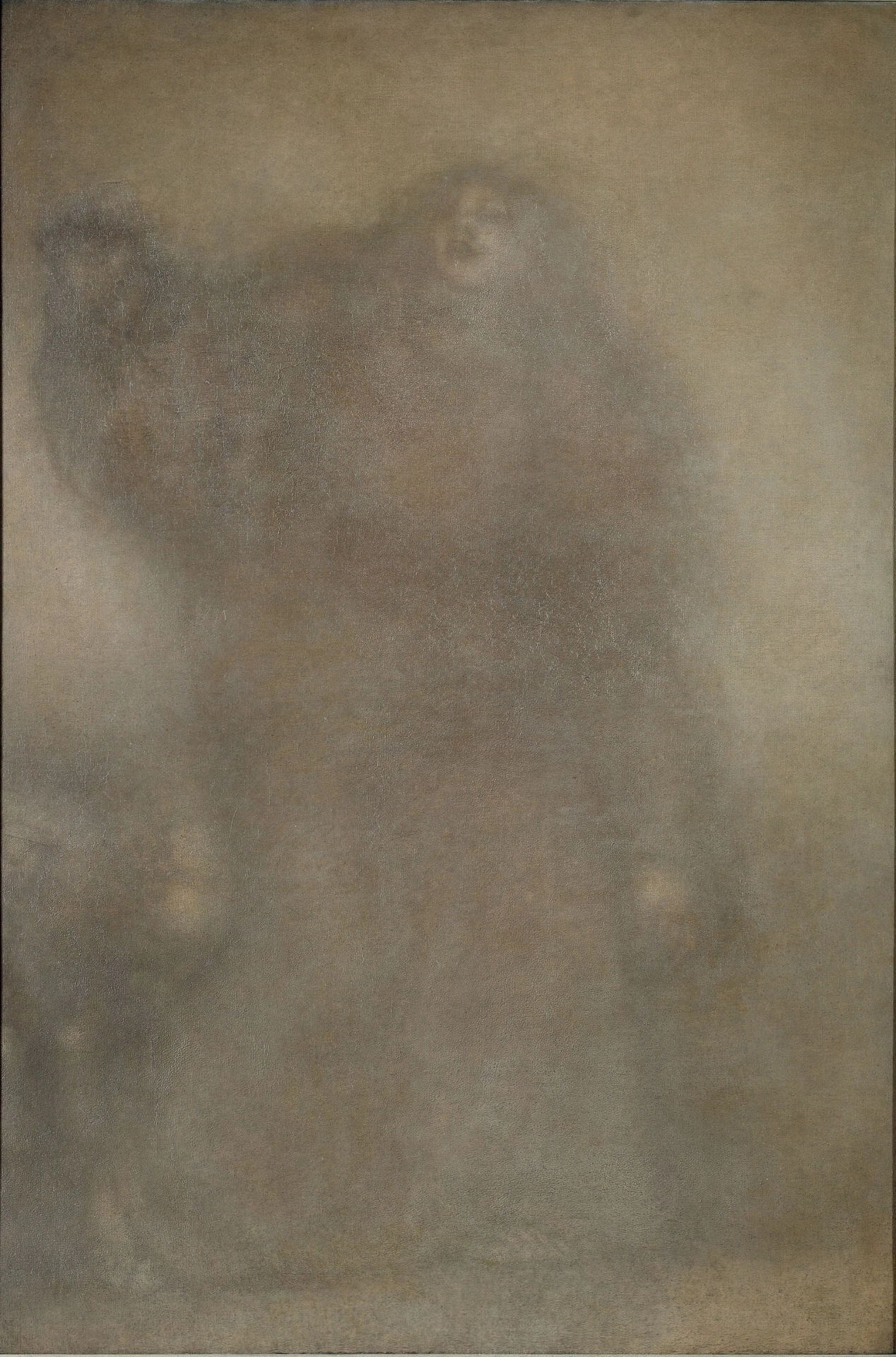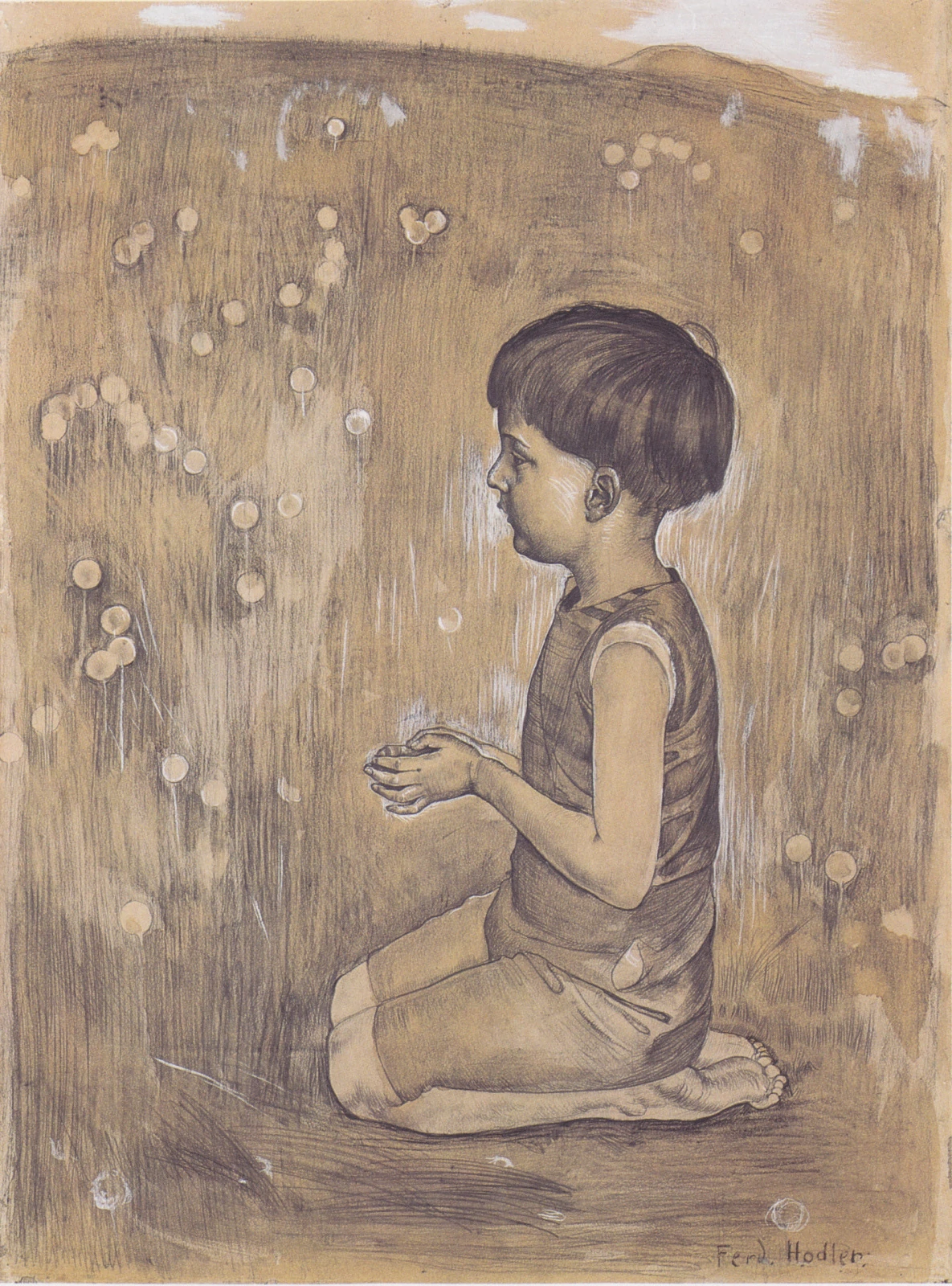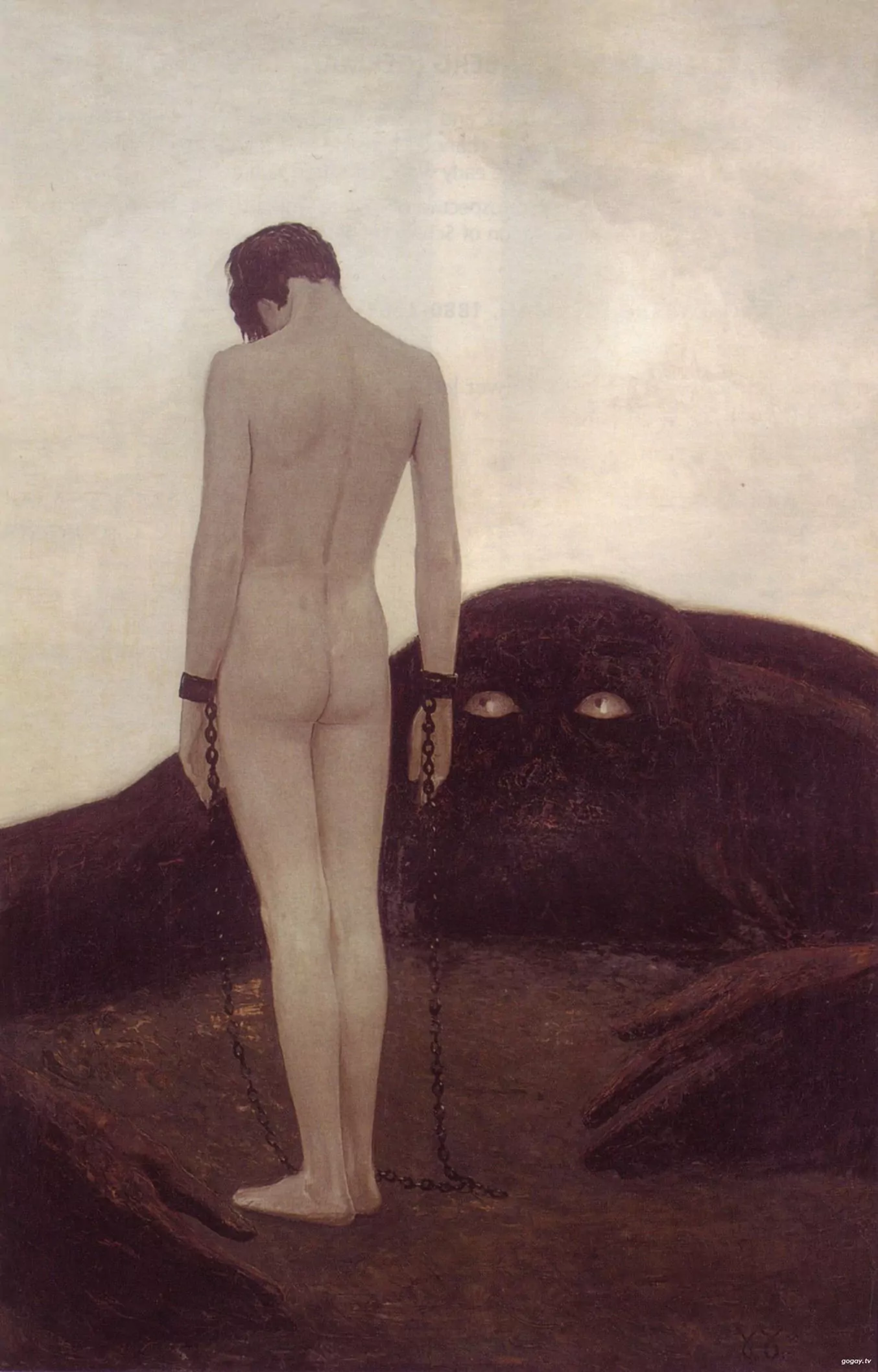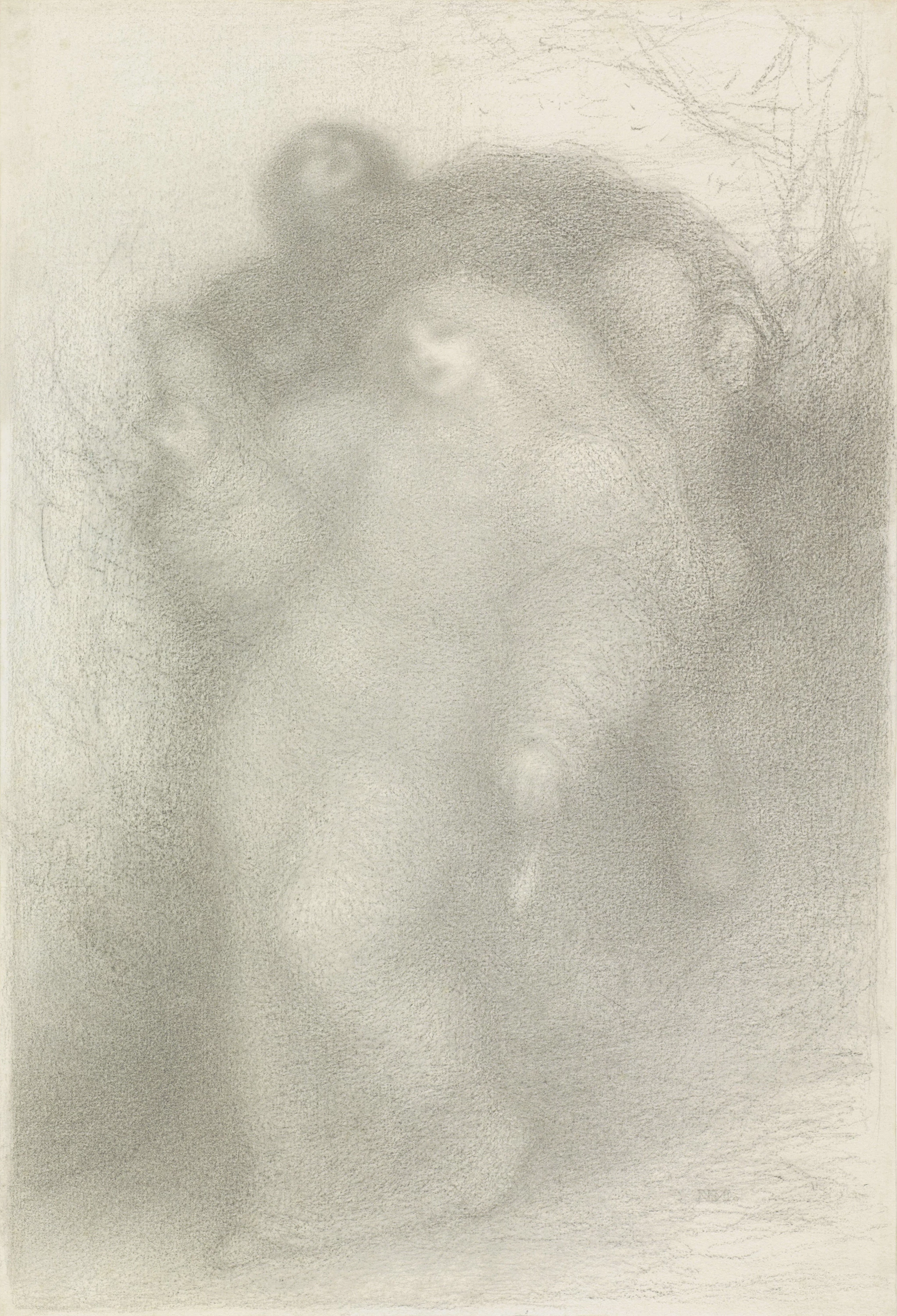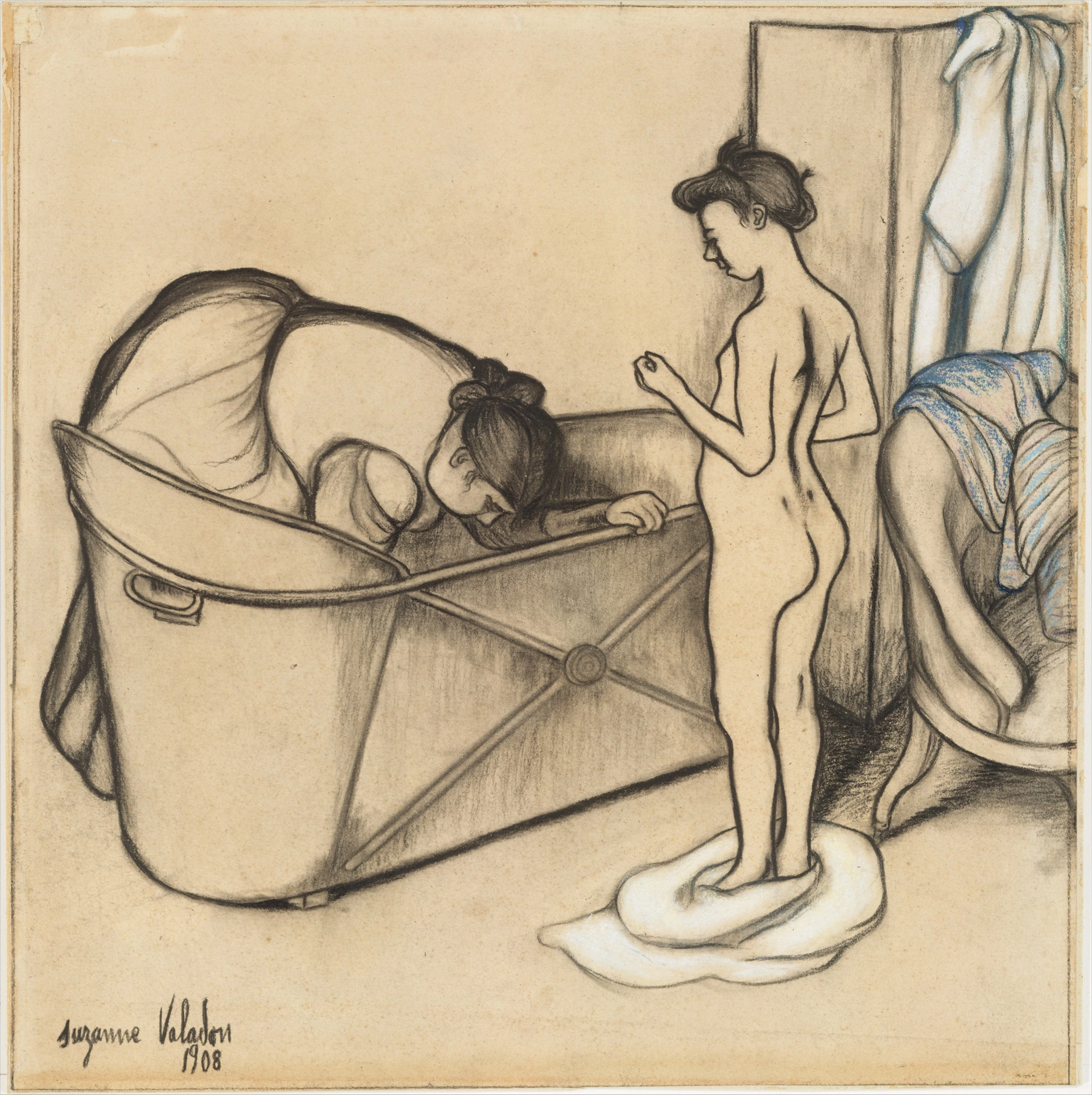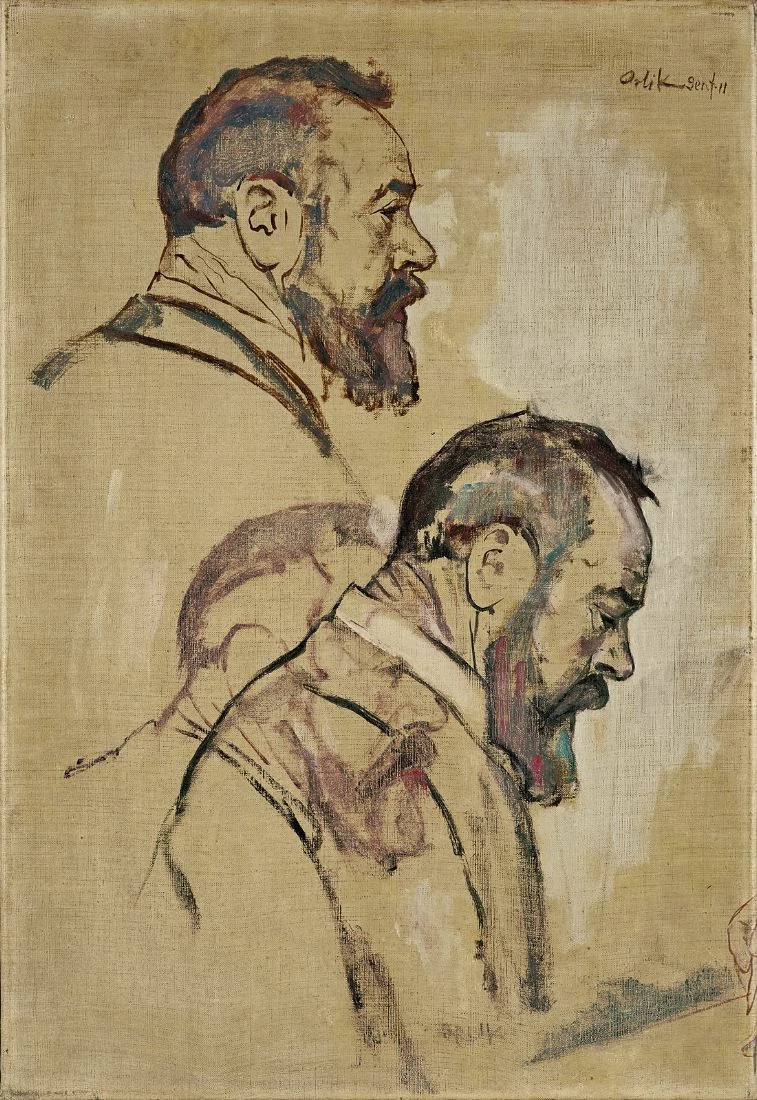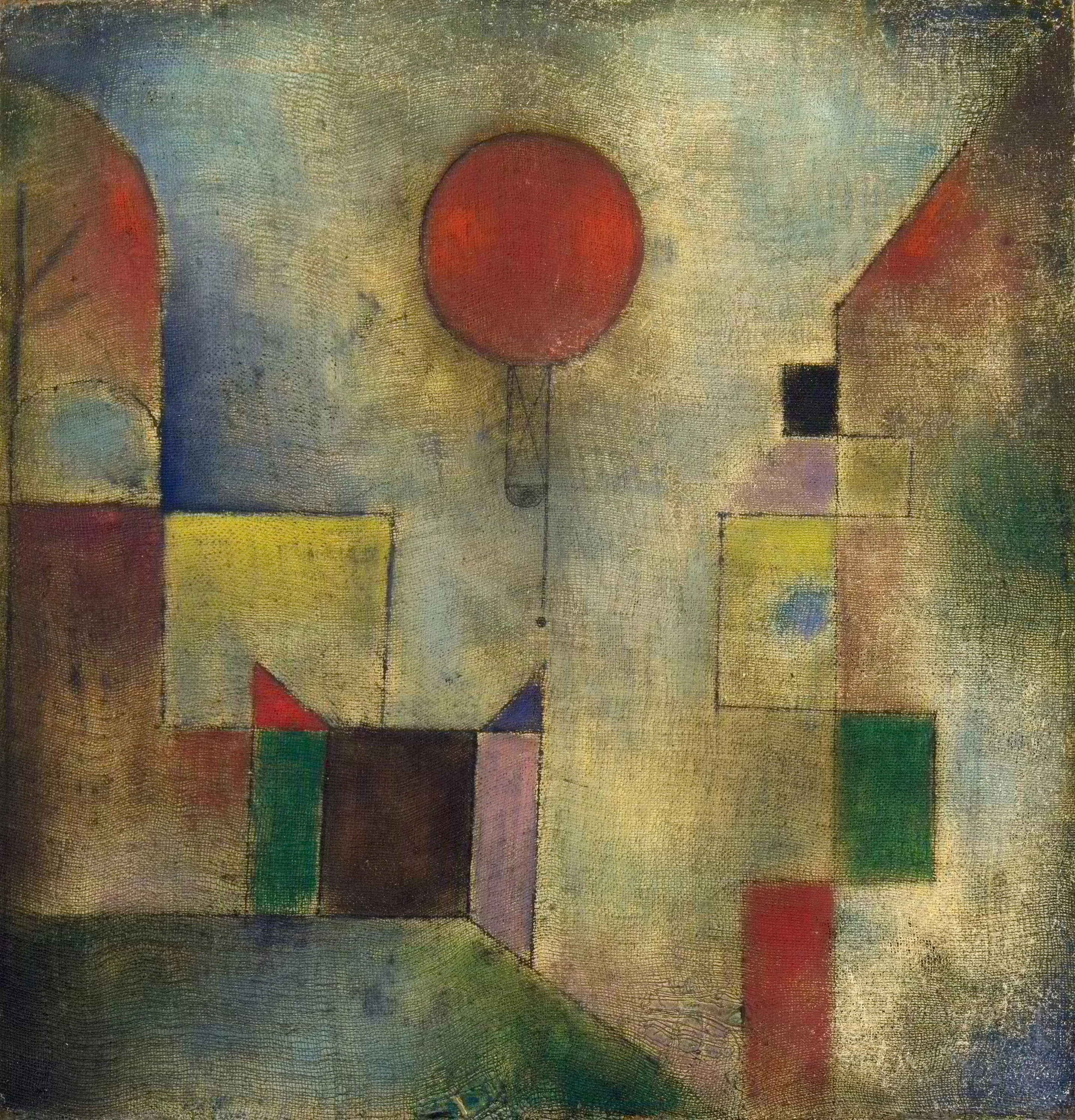Chalk is a humble material with a remarkable past. Though today chalk is associated with scratching out equations on a blackboard, this remarkable medium is a type of limestone, created from the crushed shells of billions of phytoplankton called Coccoliths, whose corpses built up over millions of years into stone strata that now underlays much of Europe. Chalk has been used as a mark-making tool since the earliest homosapiens, with early chalkwork appearing in Paleolithic cave drawings. And chalk has had legs, with Renaissance and Rococo artists like Peter Paul Rubens and François Boucher turning to chalk as a tool for sketching before creating a final painting, and in the 20th century avant-garde painters like Henri Matisse and Pablo Picasso used chalk’s speed and gestural fluidity to bring their drawings to life.
